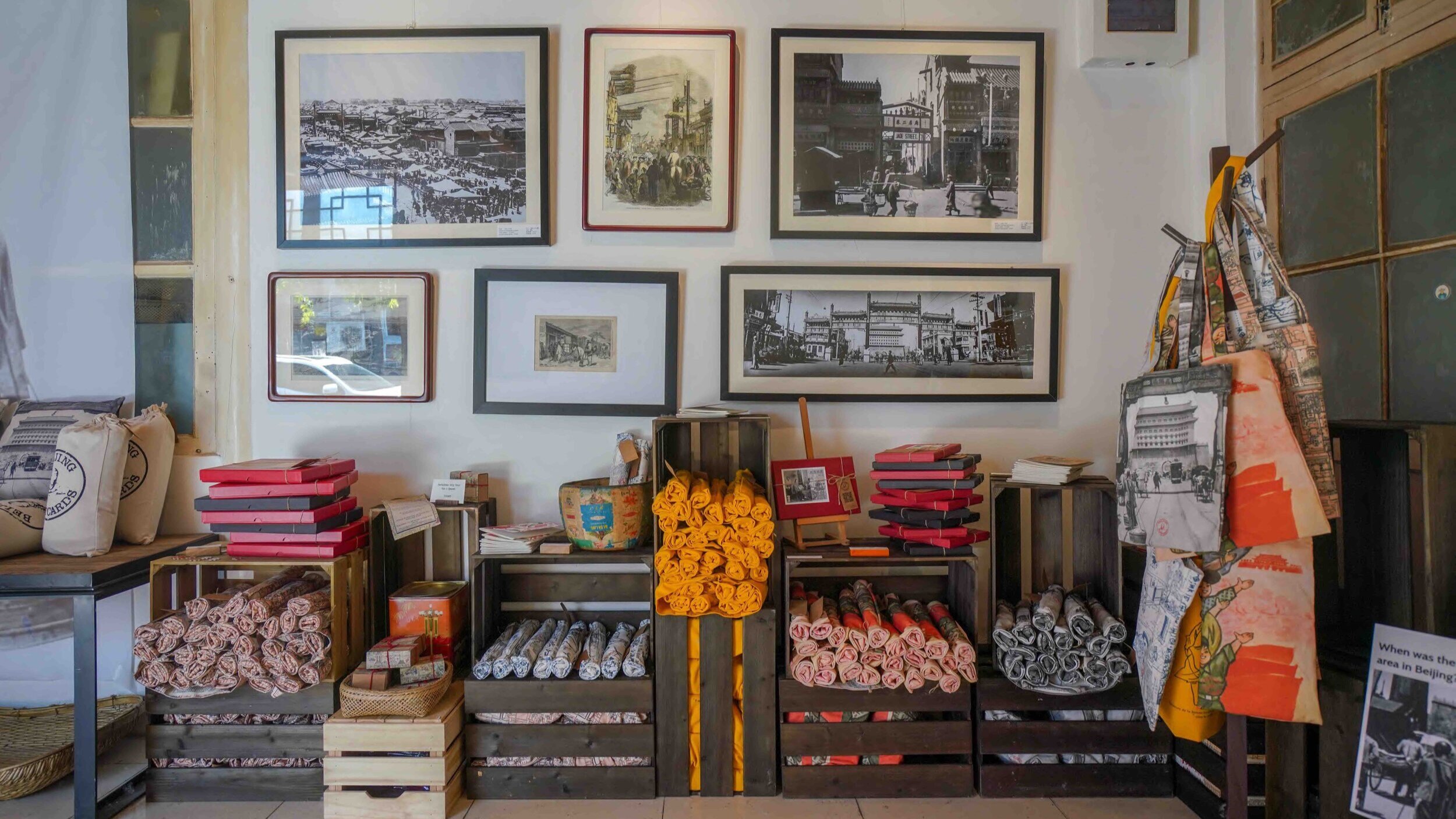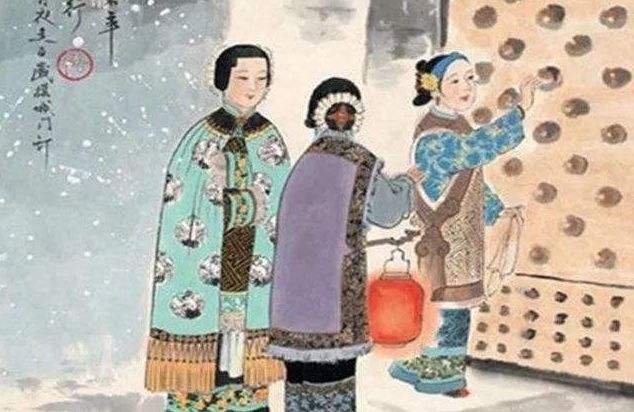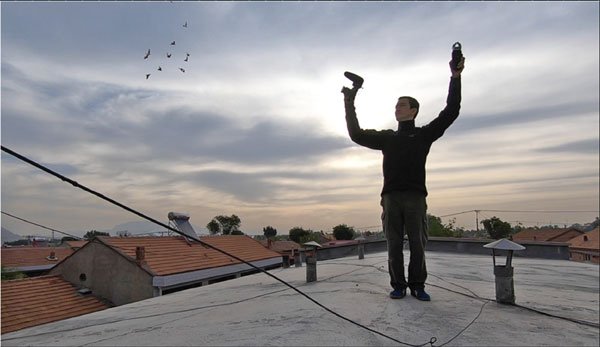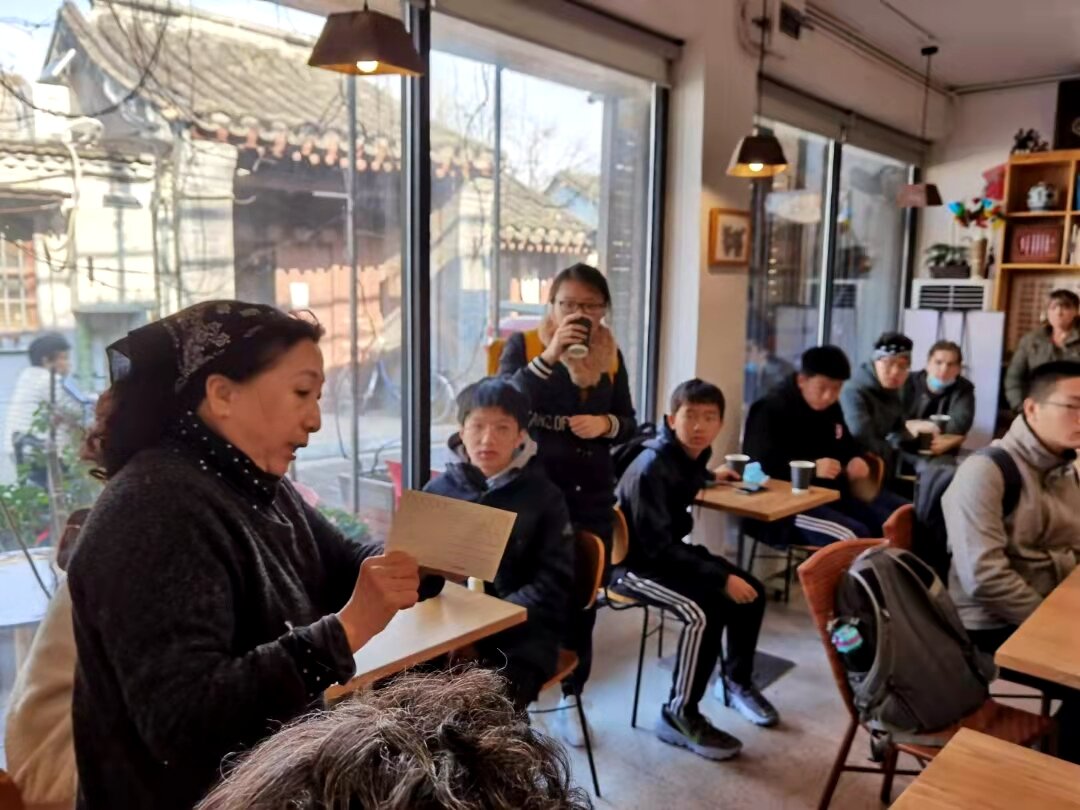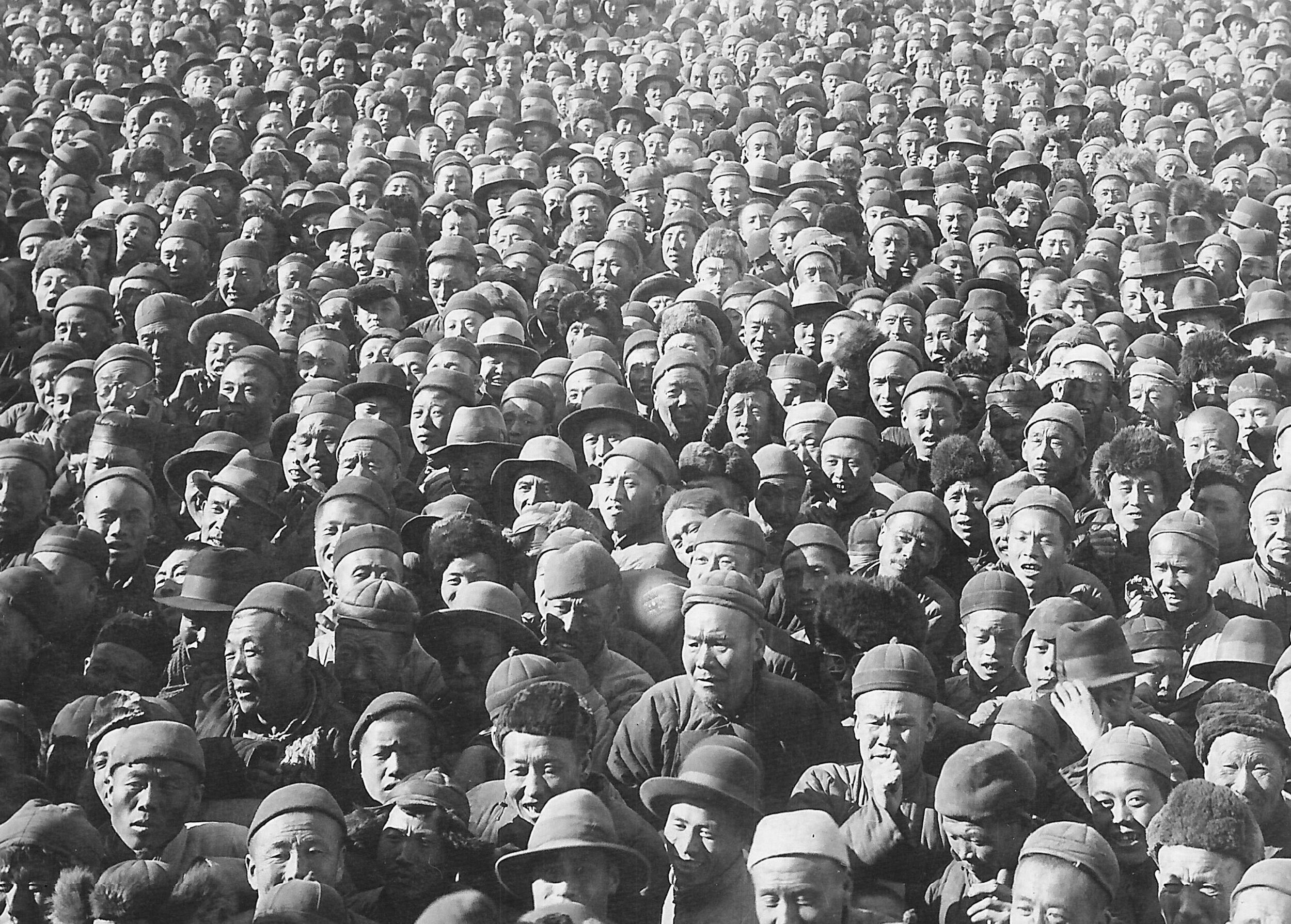
Discover
Your City
Beijing Postcards is a small, history-focused company founded in 2005. We conduct archival research and oral history projects, and share our work through themed walks, talks, events, exhibitions and historical souvenirs.
Welcome to our Public History Space
Beijing Postcards is located in the Dashilar neighbourhood of Beijing, an old melting pot where migrants used to settle. Here we organise community events, showcase our latest research and oral history projects, and every Saturday we have a public walk-and-talk starting from our space. We also utilise our own collection of maps and photos to create unique souvenirs related to our research projects, such as framed Beijing map prints and photographs, cushions, tote bags, jigsaws, and more.
Beijing Postcards Public History Space
No. 97 Yangmeizhu Byway, Dashilar, Beijing
12pm-6pm, Wednesday-Sunday
+86 130 1107 8680
info@beijing-postcards.com

Everything we do starts with research
Beijing Postcards is a company dedicated to Chinese history. All of our projects are based on original research using archival materials, books, out of print periodicals and oral histories. The results are often surprising and will challenge what you think you know.
The latest Beijing Postcards news:















